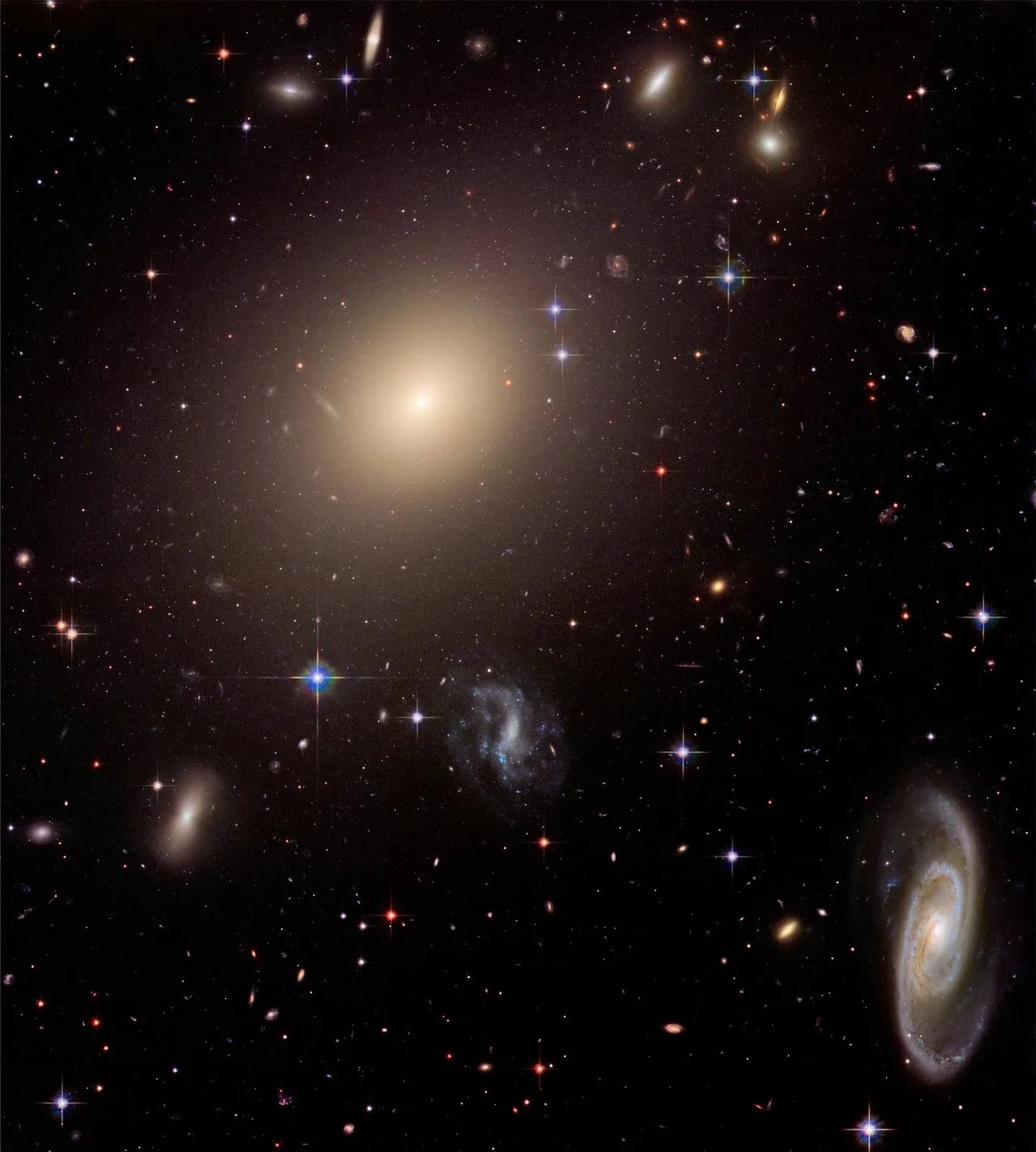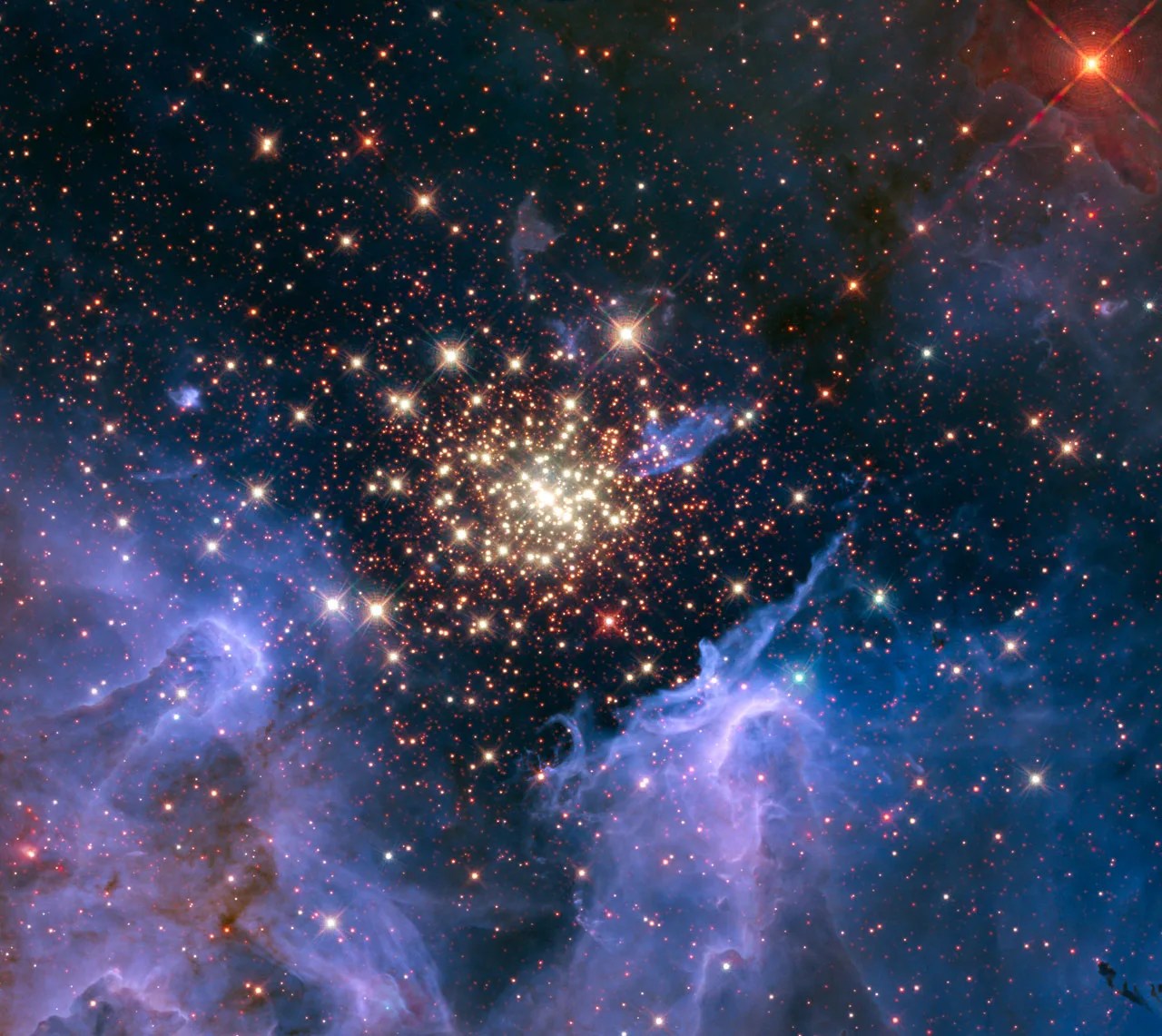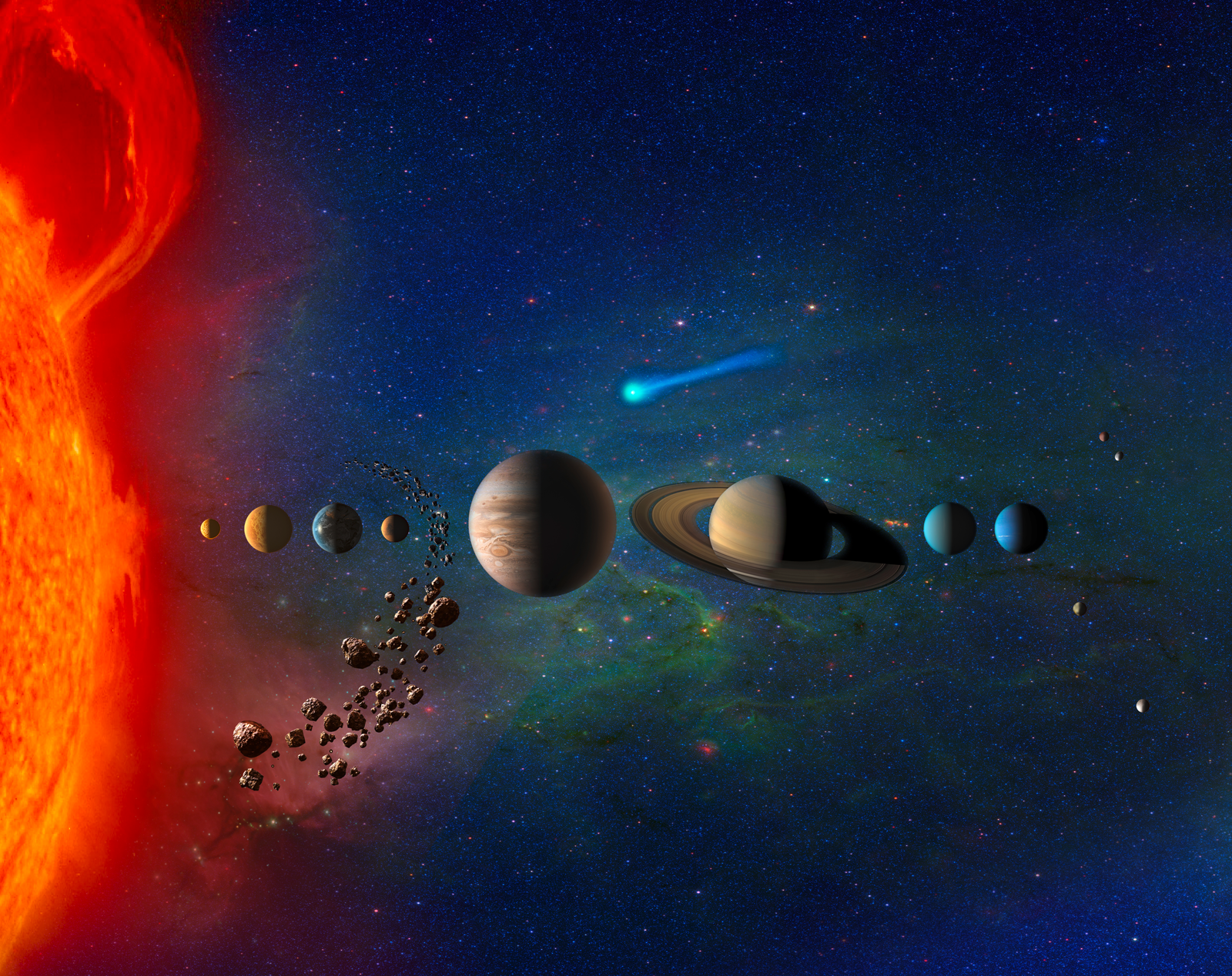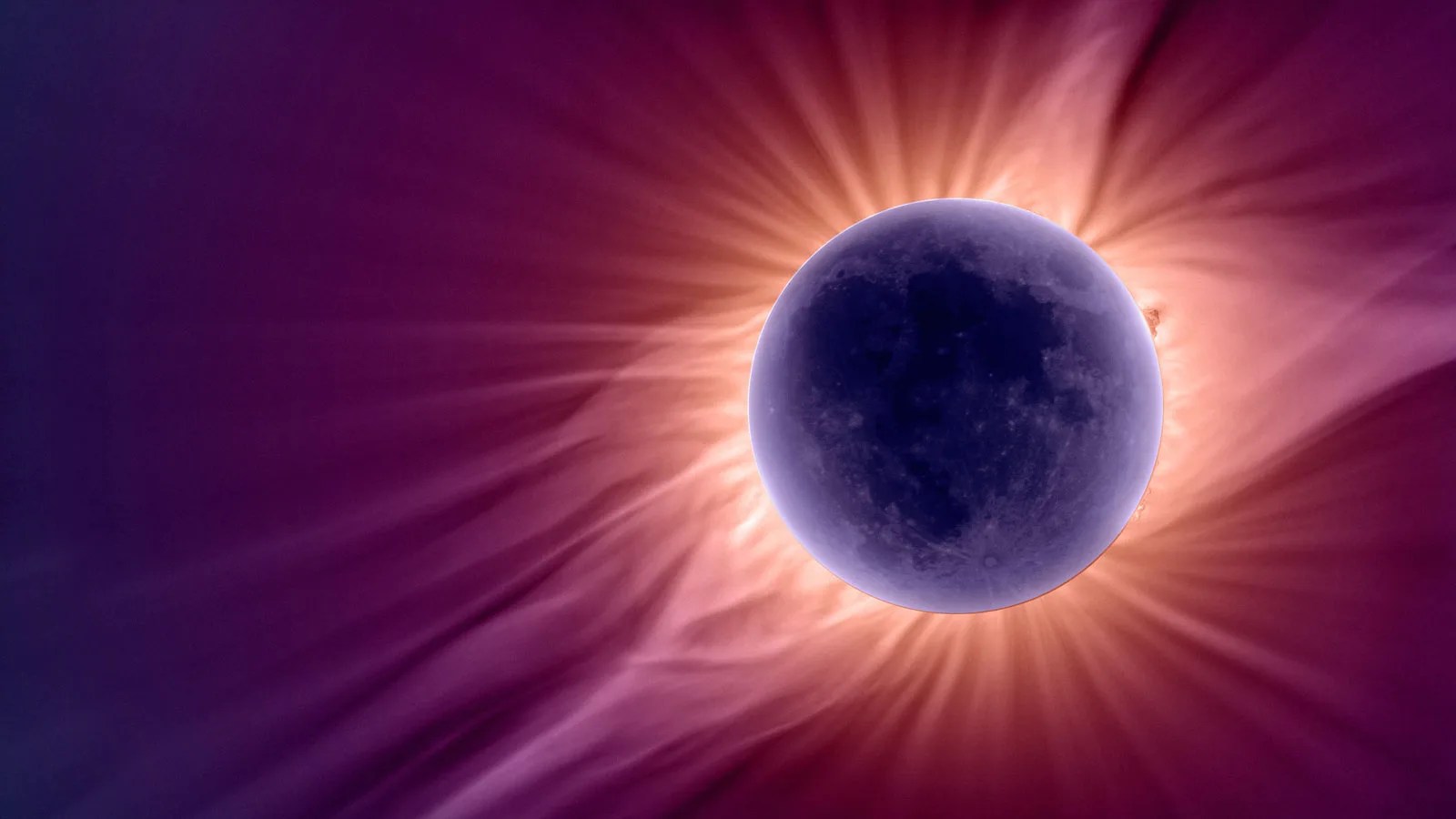1 min read
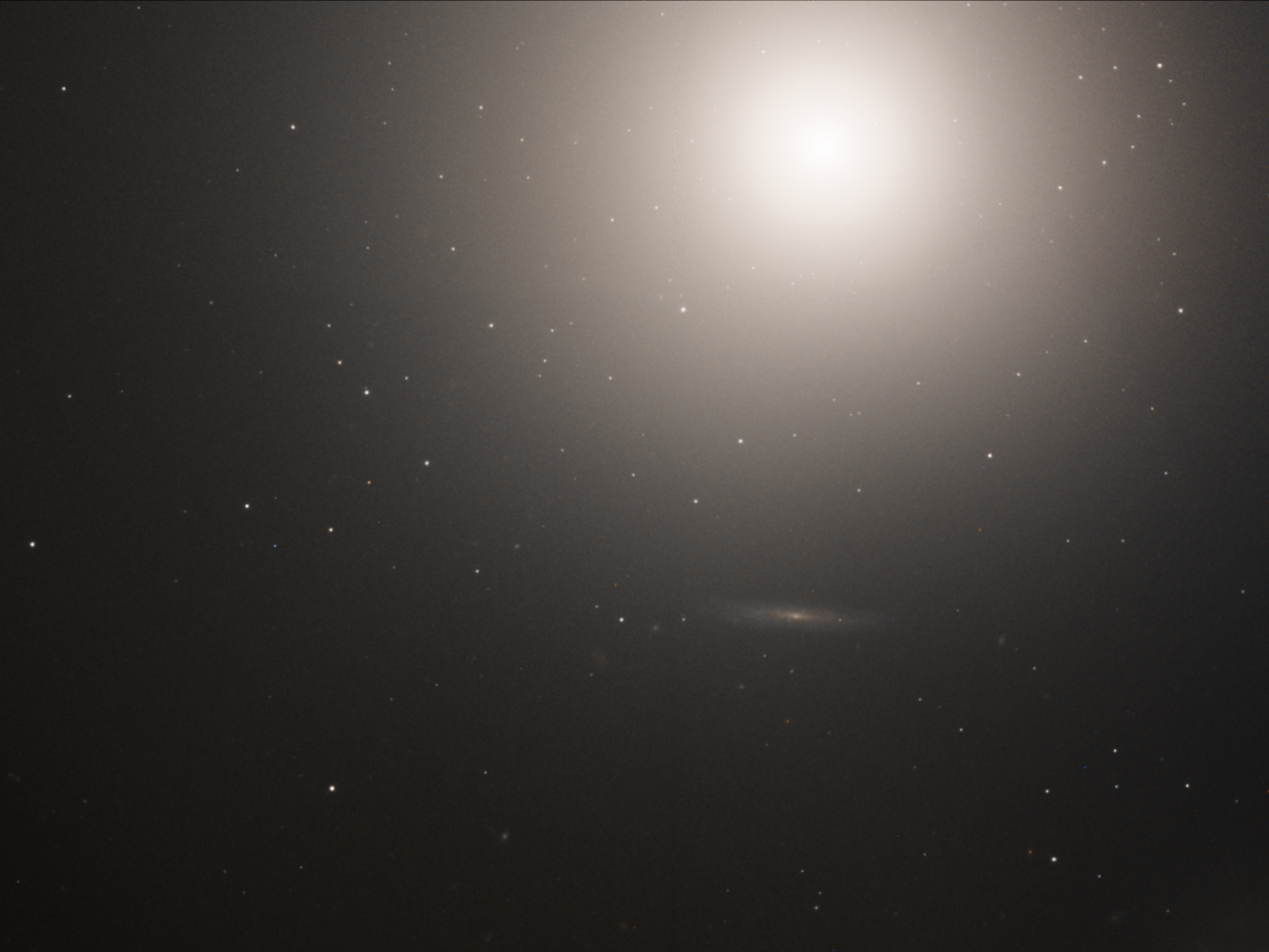
This huge ball of stars – around 100 billion in total – is an elliptical galaxy located some 55 million light-years away. Known as Messier 89, this galaxy appears to be perfectly spherical; which is unusual for elliptical galaxies that tend to be elongated ellipsoids. The apparently spherical nature of Messier 89 could, however, be a trick of perspective, and the result of its orientation relative to Earth.
Astronomer Charles Messier discovered Messier 89 in 1781. Messier began cataloging astronomical objects after he mistook a faint object in the sky for Halley’s Comet. Upon closer inspection, he realized the object was actually the Crab Nebula. To prevent other astronomers from making the same error, he decided to catalog all the bright, deep-sky objects that could potentially be mistaken for comets. His methodical observations of the night sky led to the first comprehensive catalog of astronomical objects: the Messier Catalog! Messier 89 holds the record for being the last giant elliptical Messier found, and the most perfectly spherical galaxy in his catalog of 110 objects.
Text credit: European Space Agency (ESA)
Media Contact:
Claire Andreoli
NASA's Goddard Space Flight Center, Greenbelt, MD
claire.andreoli@nasa.gov

